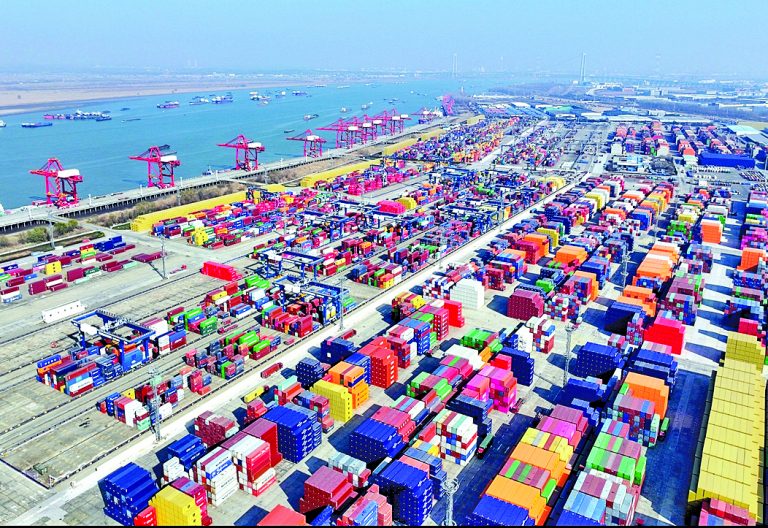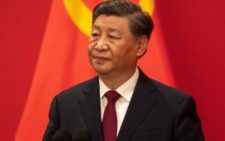Lessons from China’s sustained growth

As the global economy contends with increasing uncertainty, from geopolitical tensions to the rise of protectionist policies, China’s recent economic performance provides a timely and important lesson for developing countries like Kenya.
Resilience is not only achievable but vital.
Recent data from the National Bureau of Statistics shows that China’s economy has held firm despite considerable internal and external pressures.
Retail sales of consumer goods grew by 5.1 per cent year-on-year in April, while high-tech manufacturing recorded an impressive 10 per cent rise.
From infrastructure investment to trade diversification and technological advancement, China is demonstrating that strategic planning and consistent policy direction can enable an economy to weather even the most difficult storm.
China’s commitment to investing in infrastructure, reflected in a 5.8 per cent growth over the first four months of 2025, is a deliberate effort to build long-term resilience.
Infrastructure underpins every facet of development. It attracts investment, improves efficiency, and provides employment. Kenya’s own infrastructural efforts, such as the Nairobi Expressway and the LAPSSET corridor, are commendable.
But they must be sustained and extended, not only to stimulate growth but to shield the country from future economic shocks as well.
Equally noteworthy is China’s intensified focus on manufacturing, especially in the high-tech sector.
While Kenya’s industrial base remains relatively modest, the lesson here is clear. We must move beyond exporting raw materials and begin adding value through local manufacturing.
This will not only reduce our dependence on imports but also create skilled jobs and improve our trade balance.
Supporting small and medium-sized enterprises, developing industrial parks, and encouraging technology transfer must form the core of our development strategy.
Another striking feature of China’s performance is the strength of its private sector.
A 6.8 per cent growth in private enterprise trade, now representing over half of total trade, underscores the importance of creating an enabling environment for businesses to thrive.
Kenya’s private sector is highly innovative and holds immense potential, but it is often stifled by bureaucratic hurdles, punitive taxation, and limited access to credit.
Unlocking this potential will require deliberate policy action to reduce regulatory burdens, expand financing options, and incentivise entrepreneurship.
China’s domestic consumption strategy also offers interesting insights. The trade-in programme for consumer goods spurred major increases in the sale of appliances, office supplies, and household items.
This approach, stimulating consumption while promoting sustainability, is something Kenya could adopt.
Trade-in schemes for agricultural tools, energy-efficient appliances, or even mobile phones could drive demand while supporting local businesses and encouraging environmentally responsible behaviour.
Furthermore, China’s pivot to green growth and technological innovation reflects a forward-looking vision.
The surge in electric vehicle and drone production is not just a sign of industrial capacity; it signals an economy positioning itself for the future.
Kenya, with its young population and leadership in renewable energy, is well-placed to develop a similar path.
The writer is a PhD student in International Relations














